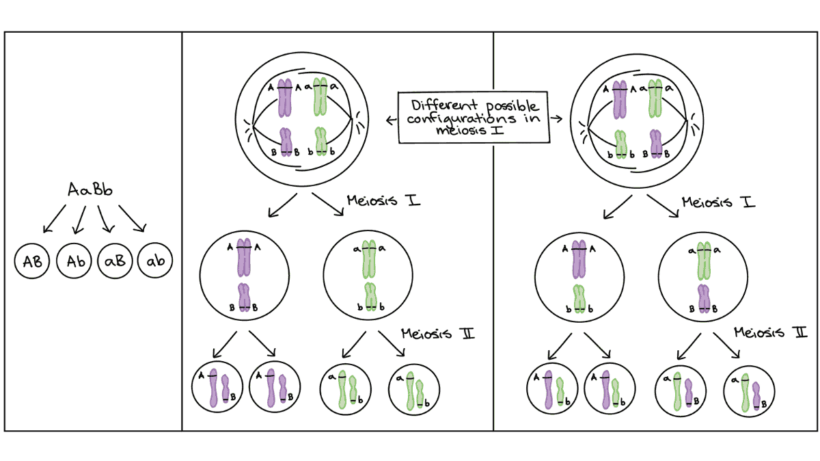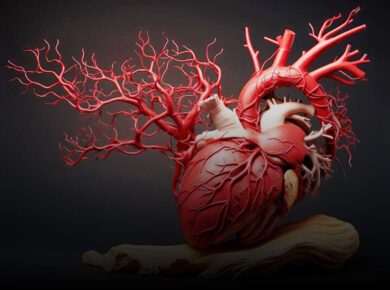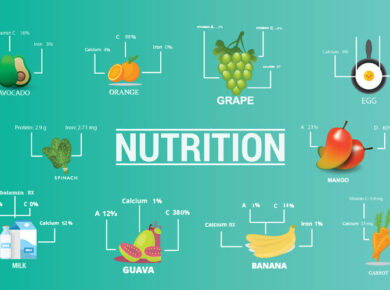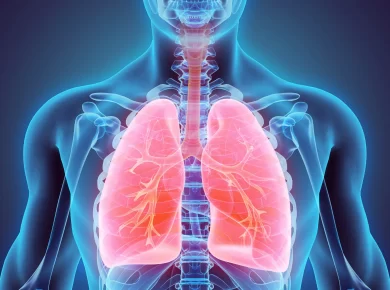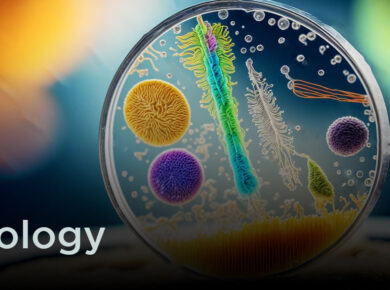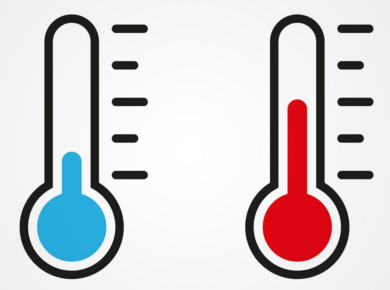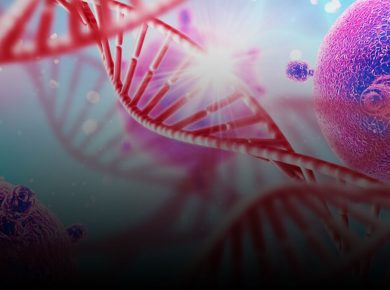Chromosomal Theory of Inheritance
It was observed by Sutton and Boveri in 1902 that 1. Maternal (from mother) and paternal (from father) characters come together in the progeny which is diploid or 2 and has chromosomes in pairs and later on segregate during the formation of gametes. The gametes have a single chromosome from each pair and is haploid or n. 2. Chromosomes from two parents come together in the same zygote as a result of the fusion of two gametes and again separate out during the formation of gametes.
The above two observations proved that there is a remarkable similarity between the behaviour of characters during inheritance and that of chromosomes during meiosis. This led Sutton and Boveri to propose ‘chromosomal theory of inheritance’ and its salient features are as follows.
- The somatic (molecule of DNA) cells of an organism, which are derived by the repeated division of zygote have two identical sets of chromosomes i.e. they are diploid. Out of these, one set of chromosomes of received from the mother (molecule of DNA) and one set from the father (paternal chromosomes). Two chromosomes of one type (carrying same genes) constitute a homologous pair. Humans have 23 pairs of chromosomes.
- The chromosomes of homologous pair separate out during meiosis at the time of gamete formation.
- The behaviour of chromosomes during meiosis indicates that Madelian factors or genes are located linearly on the chromosomes. With progress in molecular biology it is now known that a chromosome is made of a molecule of DNA and segments of DNA are the genes. Chromosomal basis of sex determination in humans.
If sex chromosomes are morphologically dissimilar (i.e. XY) in an individual, is termed heterogametic. Such individuals produce two types of gametes.. (One containing X and the other containing Y). For example : Human male produces two kinds of sperm, X bearing and Y bearing Sperms. When the human egg is fertilised by an y bearing sperm a boy is born. Whether the unborn will be a male or female is purely a matter of chance and no parent can be blamed for the sex of the progeny.
Cris cross inheritance or X-linked inheritance
This type of inheritance of recessive sex linked character from father to daughter and then from the daughter to her sons is known as cris cross inheritance or sex linked or X-linked inheritance.
Cris cross inheritance in Humans: Red green colour blindness and Hemophilia are examples of sex linked inheritance in humans. The defective gene is located on X chromosome. Thus a single defective gene causes disease in male while two defective genes (homozygous condition) only can cause the disease in female.
Females in heterozygous condition are apparently normal but actually the carriers of the disease. Carrier females pass this defective gene to 50% of her sons. The disease is expressed only in males because male does not have the partners of the genes on Y chromosome.
Here are five key points of the Chromosomal Theory of Inheritance:
- Genes are Located on Chromosomes – Genes, the units of heredity, are found on chromosomes, which are present in the nucleus of cells.
- Chromosomes Occur in Pairs – Organisms inherit one set of chromosomes from each parent, forming homologous chromosome pairs.
- Segregation of Chromosomes – During meiosis, homologous chromosomes separate, ensuring that offspring receive one chromosome from each pair.
- Independent Assortment – Different chromosome pairs assort independently during gamete formation, leading to genetic variation.
- Support for Mendel’s Laws – The behavior of chromosomes during meiosis provides a physical basis for Mendel’s laws of inheritance, including the Law of Segregation and the Law of Independent Assortment.
We would love to hear your suggestions or feedback on Chromosomal Theory of Inheritance. Feel free to share your thoughts with us!
